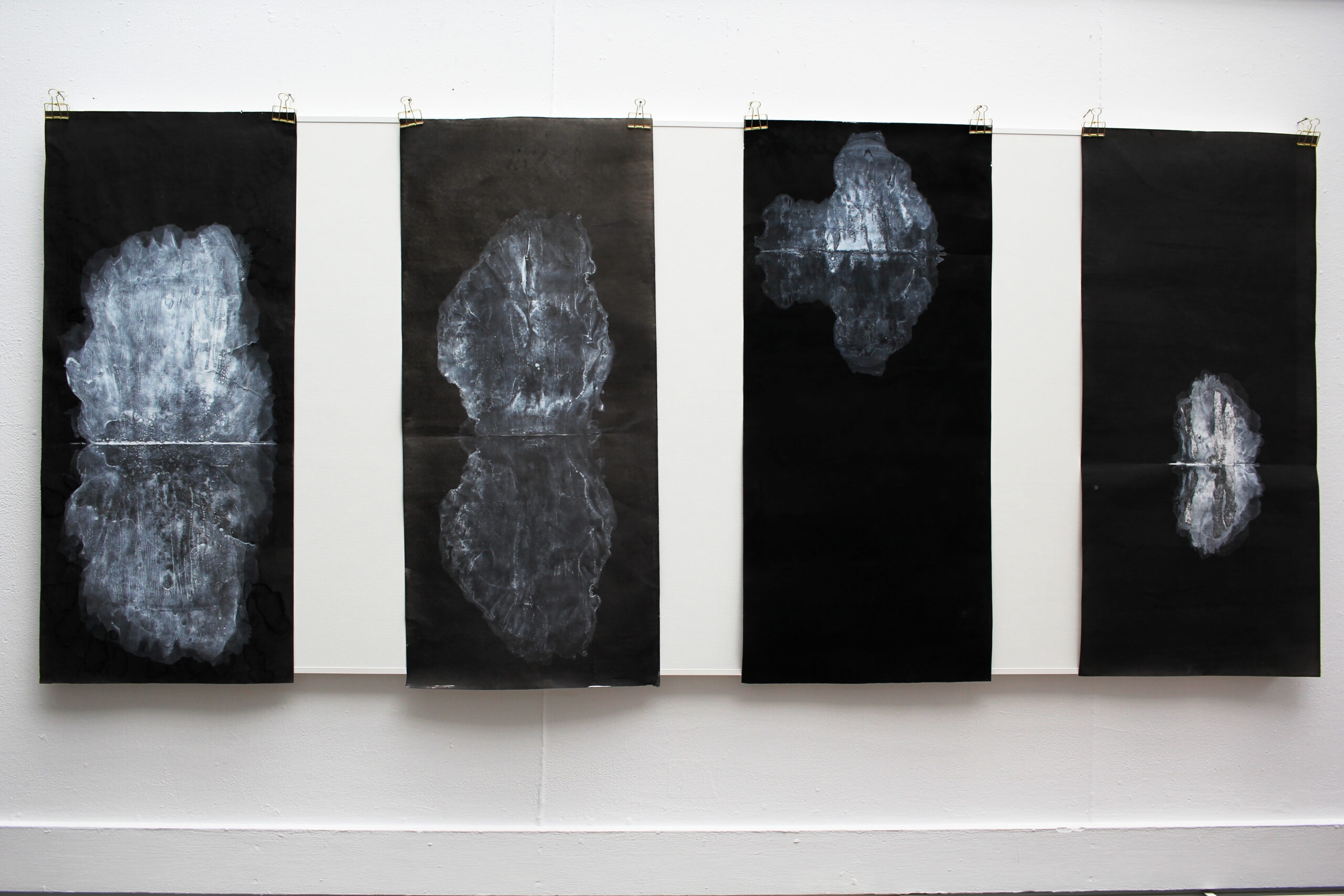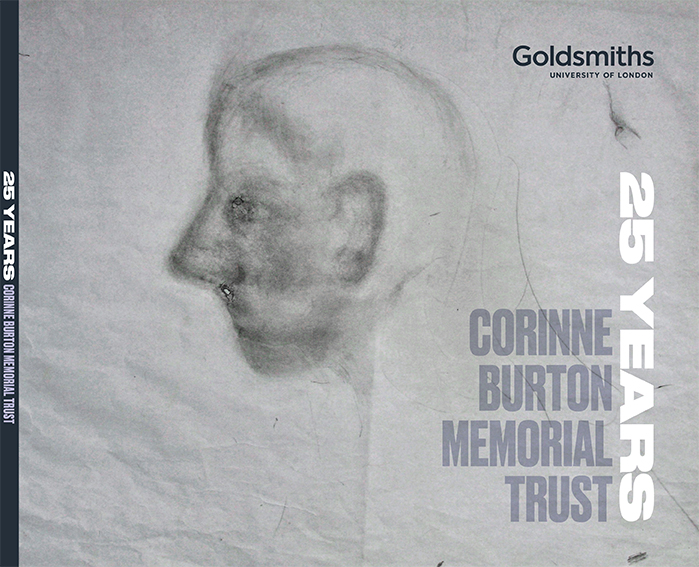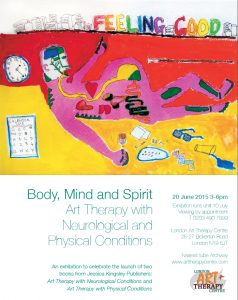


I trained at Goldsmiths, University of London and qualified in 2015 (MA with Distinction).
While at Goldsmiths I received the Corinne Burton Memorial Trust scholarship. The award part-funded my training and provided funding for two further years to provide art therapy for people affected by cancer.
I was Honorary Art Psychotherapist at Barts Cancer Centre, offering one-to-one art psychotherapy for cancer inpatients and outpatients and their significant others as part of Cancer Psychological Services (CPS). My post was funded jointly by the Corinne Burton Memorial Trust and Barts Charity.
After qualifying I developed and ran a service evaluation study to assess the effectiveness of a single session of art therapy for day patients receiving chemotherapy or radiotherapy. Patients found the single session helpful and meaningful – click here to see the article I co-wrote which featured in Newsbriefing, published by the British Association of Art Therapists.
The study came about through conversations with psychologists who were concerned about the lack of psychological support for outpatients on the chemotherapy ward. In my work at Barts I was interested in collaborating with the psychologist team and fostering a better mutual understanding between psychologists and Art Therapists. I ran a CPD event for the CPS team and co-facilitated two Death Cafés for Barts Hospital staff (see here for the article about this initiative I co-wrote for the European Journal of Palliative Care). I also worked with one of the psychologists to offer art therapy-based counselling to a cancer patient and his family.
Another focus while at Barts was on the helpfulness of art therapy for patients with Acquired Brain Injury (ABI) as a result of their cancer or its treatment, and the integration of art therapy into the neuro-rehabilitation multi-disciplinary team. We were particularly interested in the application of art therapy techniques which provide a tactile or kinaesthetic experience for patients, and how patients’ sense of physical agency during art making can contribute to rehabilitation, identity-strengthening, and increased ability to communicate and engage in a range of therapies. See here for a presentation I made with two colleagues for the Art Therapy in Neurorehab Special Interest Group.
During my art therapy training I was on placement at a low secure ward for adult offenders in another large London hospital. With another art therapy trainee I set up and co-facilitated two art psychotherapy groups for male offenders with mental health issues such as schizoaffective disorders, psychosis and borderline personality disorders.
I passionately believe in the power of creativity to allow psychological healing, and in the importance of art making as the central therapeutic agent in art therapy. In 2015 I was invited to curate ‘Body, Mind and Spirit’, an exhibition to coincide with the launch of two new art therapy books: Art Therapy with Physical Conditions and Art Therapy with Neurological Conditions (Jessica Kingsley Publishers). The exhibition included artworks by the authors of the chapters in the two books as well as art therapy clients, and aimed to highlight some of the processes by which art making can provide meaning and insight (for both therapist and client) in often very challenging situations.

From 2017-18 I was part of a small team that organised a celebration event to mark the 25th anniversary of the founding of the Corinne Burton Memorial Trust. I was involved in locating and liaising with 30 Art Therapists who have been supported by the Trust during this period; we organised a celebratory event featuring an exhibition of these Therapists’ and their patients’ artwork, and the launch of an accompanying catalogue of the artwork with additional writings.